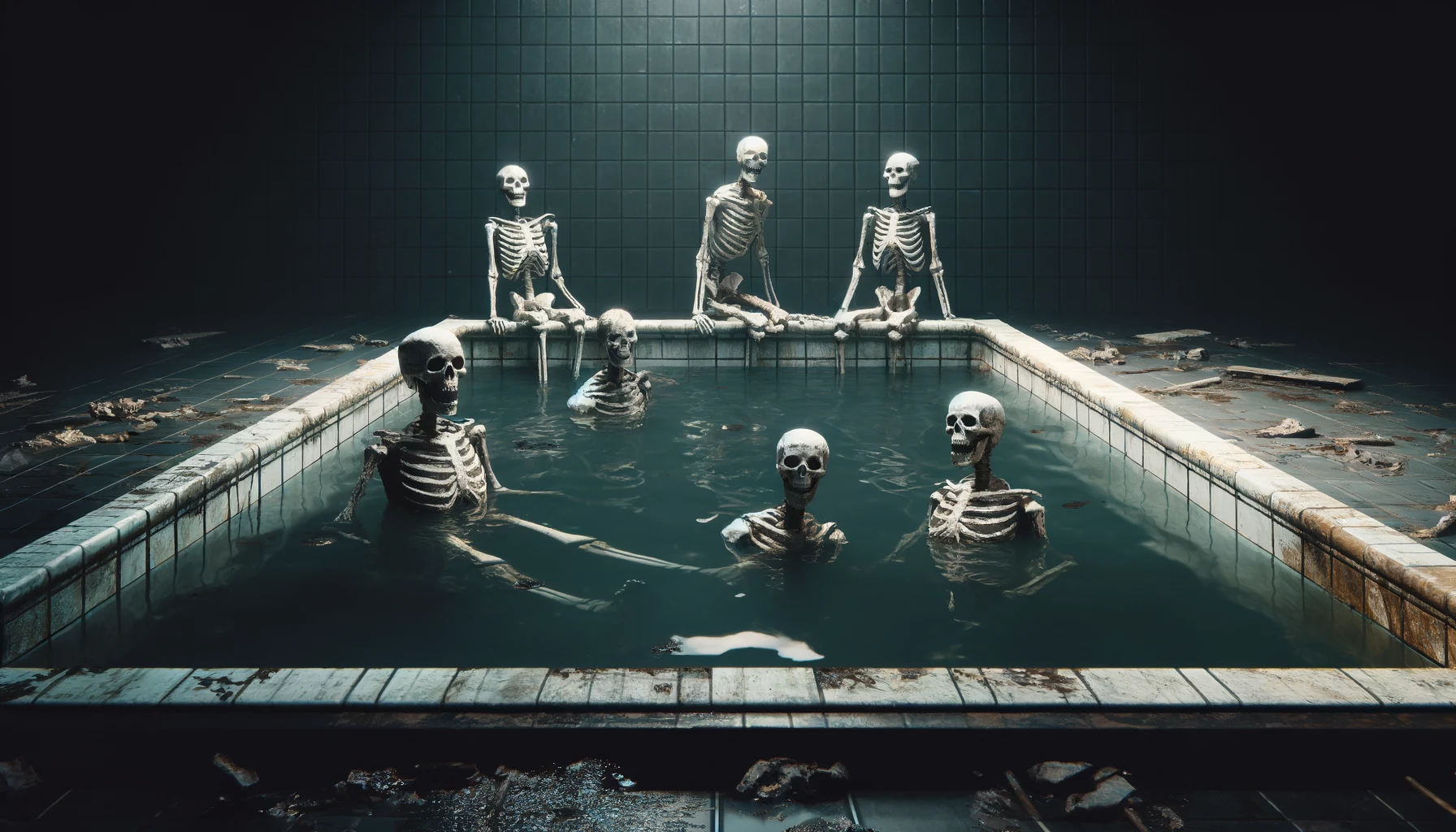Next Eclipse: Dates, Types, and Locations
An eclipse is one of the most interesting things in nature. It happens when the moon covers the sun

An eclipse is one of the most interesting things in nature. It happens when the moon covers the sun or the Earth blocks the light on the moon.
People have been amazed by eclipses for thousands of years. There are two main types of eclipses: solar and lunar.
A solar eclipse happens when the moon moves between the Earth and the sun, stopping the sunlight. A lunar eclipse happens when the Earth moves between the sun and the moon, putting the moon in the Earth’s shadow.
Eclipses are not just for watching, but they are also important for science and astronomy.
Upcoming Eclipses in 2024
In 2024, two big eclipses will happen: a total solar eclipse and a partial lunar eclipse. The solar eclipse on April 8, 2024, will be one of the most exciting sky events.
It will be visible in parts of North America, including the United States, Canada, and Mexico. People in these places will see the sky become dark during the day.
Later in the year, a partial lunar eclipse will happen. This will give people another chance to enjoy a beautiful eclipse.
Lunar eclipses are not as dramatic as solar ones, but they are still beautiful. The moon will turn reddish, and people call this a “blood moon.”
When Is the Next Eclipse After 2024?
After 2024, many people will wonder, “When is the next eclipse?” The next big solar eclipse will be on August 12, 2026.
This will be a total solar eclipse that people in Greenland, Iceland, and parts of Spain can see. It won’t be as visible as the 2024 eclipse, but it will still be exciting for scientists and those who love eclipses.
For lunar eclipse fans, the next big one after 2024 will be on March 14, 2025. This will be a total lunar eclipse and can be seen in many parts of the world.
Lunar eclipses happen more often than solar eclipses. However, total lunar eclipses give the best view as the moon turns deep red.
How Eclipses Are Predicted
Eclipses do not happen by chance. Astronomers can tell exactly when they will happen. They use the positions of the Earth, moon, and sun to make predictions.
By using math and knowing the orbits of the Earth and moon, scientists can plan for eclipses years ahead. These predictions are based on cycles, called Saros cycles, that repeat every 18 years.
Thanks to this, astronomers can know when and where future eclipses will be seen.
People have predicted eclipses for hundreds of years, but today’s technology makes it even more accurate. Because of this, we can get ready to watch or study future eclipses.
Read Our Another Informative Guife: Taylor Swift’s Luxury Lifestyle: A Look at Her Private Jet
Historical Importance of Eclipses
In history, eclipses have had a big meaning for different cultures. Long ago, many civilizations saw eclipses with awe and fear.
They thought eclipses were messages from gods or warnings of big events. In ancient China, people believed that eclipses meant the gods were not happy.
Some Native American tribes believed that a solar eclipse was a sign that the sun was leaving the world for a short time.
Now, we know the science behind eclipses, but their history is still important. Even though we can explain them today, eclipses are still beautiful and amazing events.
My Experience Viewing an Eclipse
I saw a total solar eclipse a few years ago, and it was an amazing experience. As the moon slowly moved in front of the sun, the sky started to get dark.
A cool breeze came in, and it felt like night during the day. When the moon fully covered the sun, it was magical.
The sky became a deep twilight color, and I could see the sun’s outer layer shining around the dark moon. For a few minutes, it felt like time stopped.
That moment is something I will never forget, and I think everyone should see an eclipse if they get the chance.
The Role of Eclipses in Modern Science
Eclipses are not just beautiful; they help scientists learn more about space. During a solar eclipse, the sun’s light is blocked, so scientists can study the sun’s corona.
The corona is the outer layer of the sun, but it’s hard to see on normal days because the sun is too bright. During an eclipse, the corona is easier to see, and astronomers can learn more about how the sun works.
Lunar eclipses also help scientists study the Earth’s atmosphere. When the Earth’s shadow falls on the moon, the light that passes through the atmosphere can tell scientists a lot about what is in the air, like dust or pollution.
Why You Shouldn’t Miss the Next Eclipse
If you have never seen an eclipse before, make sure you don’t miss the next one. Eclipses are rare, and watching one is an amazing experience.
The next total solar eclipse in 2026 will be a big event for people in Greenland, Iceland, and Spain. If you are in one of these places, make sure to watch it. It will be a moment you won’t forget.
For those who enjoy lunar eclipses, the total lunar eclipse in 2025 will also be special. Watching the moon turn red as it goes through the Earth’s shadow is something you should not miss.
Check the dates and plan ahead to see it from the best place possible.






